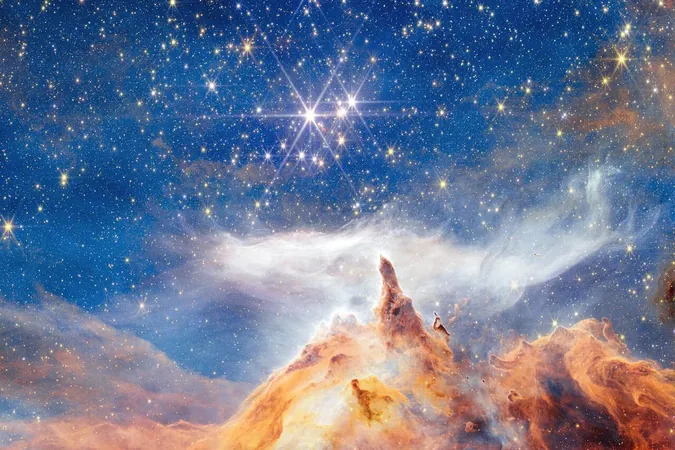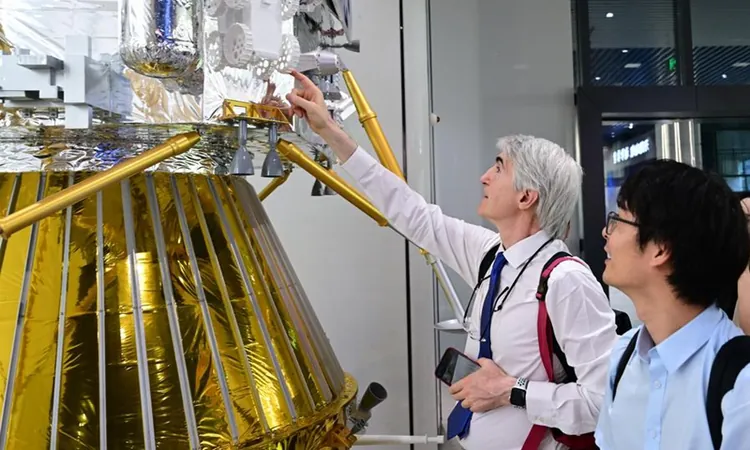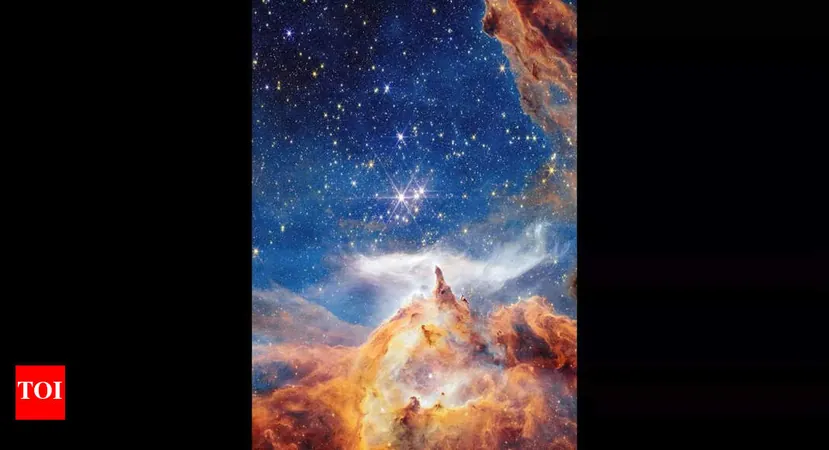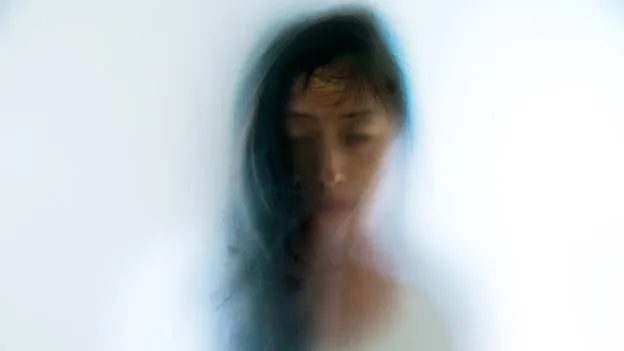
Unveiling Cosmic Wonders: Webb Reveals Breathtaking Stars within a Dusty Nebula
2025-09-09
Author: Siti
Prepare to be amazed! The James Webb Space Telescope has delivered an extraordinary glimpse into the heavens, revealing a stunning cosmic scene of fiery destruction and rebirth, where massive newborn stars sculpt their surroundings with overwhelming energy.
Inside the Fiery Nursery of Pismis 24
Nestled 5,500 light-years away in the constellation Scorpius lies Pismis 24, a dynamic star cluster bursting with activity and one of Earth’s nearest stellar nurseries. This vibrant region is a hotbed for the birth of massive stars, offering scientists incredible insights into their formation and evolution.
Meet the Stellar Giants!
At the heart of this lively cluster is Pismis 24-1, a colossal star that stands out as the largest in a dynamic group. Initially thought to be a single giant, astronomers have now determined it's actually two incredibly massive stars, each over 66 and 74 times the mass of our Sun! These massive powerhouses shine brilliantly and are among the most luminous stars known to humankind.
Captured in Spectacular Infrared Light
Thanks to Webb’s advanced NIRCam (Near-Infrared Camera), Pismis 24’s stellar inhabitants burst forth in a stunning array of colors. The largest stars glow vividly, while hundreds to thousands of smaller stars are depicted in various shades of white, yellow, and red, each color signifying their type and surrounding cosmic dust.
A Nebula Sculpted by Stellar Birth
The breathtaking image reveals colorful wisps and jagged peaks, remnants of the nebula enveloping this stellar nursery. This fantastic arena contains the building blocks of new stars, yet it’s also a graveyard for the very materials that fostered them. Newborn stars emit staggering radiation, carving through their birthplace and shaping their surroundings.
Unveiling the Cosmic Landscape
With temperatures soaring up to eight times that of our Sun, these young stars are truly spectacular. However, the nebula stretches far beyond Webb’s view, with intriguing pockets visible in the image's corners. Hot, ionized gas flows elegantly from the nebula’s ridges, while starlight illuminates wisps of gas and dust.
Understanding the Colorful Chemistry
In the awe-inspiring image, cyan hues represent hot, ionized hydrogen gas, highlighting the heating effects of massive stars. Orange indicates smoke-like dust particles, while deeper reds signify cooler, denser molecular hydrogen. The darkest regions represent the densest gas blocks, casting shadows in contrast to wispy white areas where starlight dances through dust.
With this stunning revelation from the Webb telescope, the mysteries of the universe continue to unfold, enticing us with the compelling dance of creation and destruction in the cosmos.




 Brasil (PT)
Brasil (PT)
 Canada (EN)
Canada (EN)
 Chile (ES)
Chile (ES)
 Česko (CS)
Česko (CS)
 대한민국 (KO)
대한민국 (KO)
 España (ES)
España (ES)
 France (FR)
France (FR)
 Hong Kong (EN)
Hong Kong (EN)
 Italia (IT)
Italia (IT)
 日本 (JA)
日本 (JA)
 Magyarország (HU)
Magyarország (HU)
 Norge (NO)
Norge (NO)
 Polska (PL)
Polska (PL)
 Schweiz (DE)
Schweiz (DE)
 Singapore (EN)
Singapore (EN)
 Sverige (SV)
Sverige (SV)
 Suomi (FI)
Suomi (FI)
 Türkiye (TR)
Türkiye (TR)
 الإمارات العربية المتحدة (AR)
الإمارات العربية المتحدة (AR)